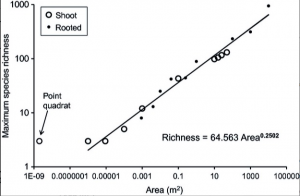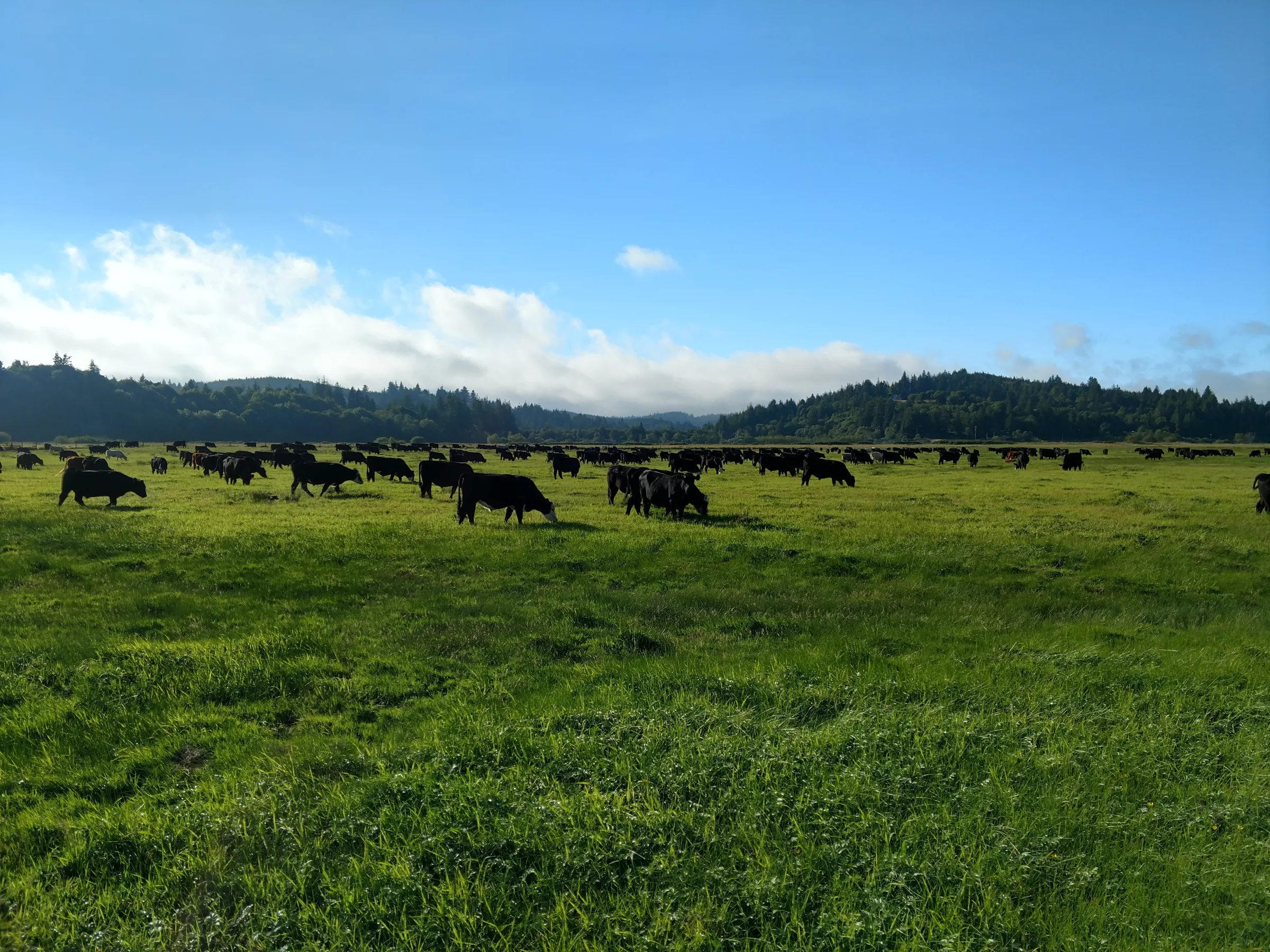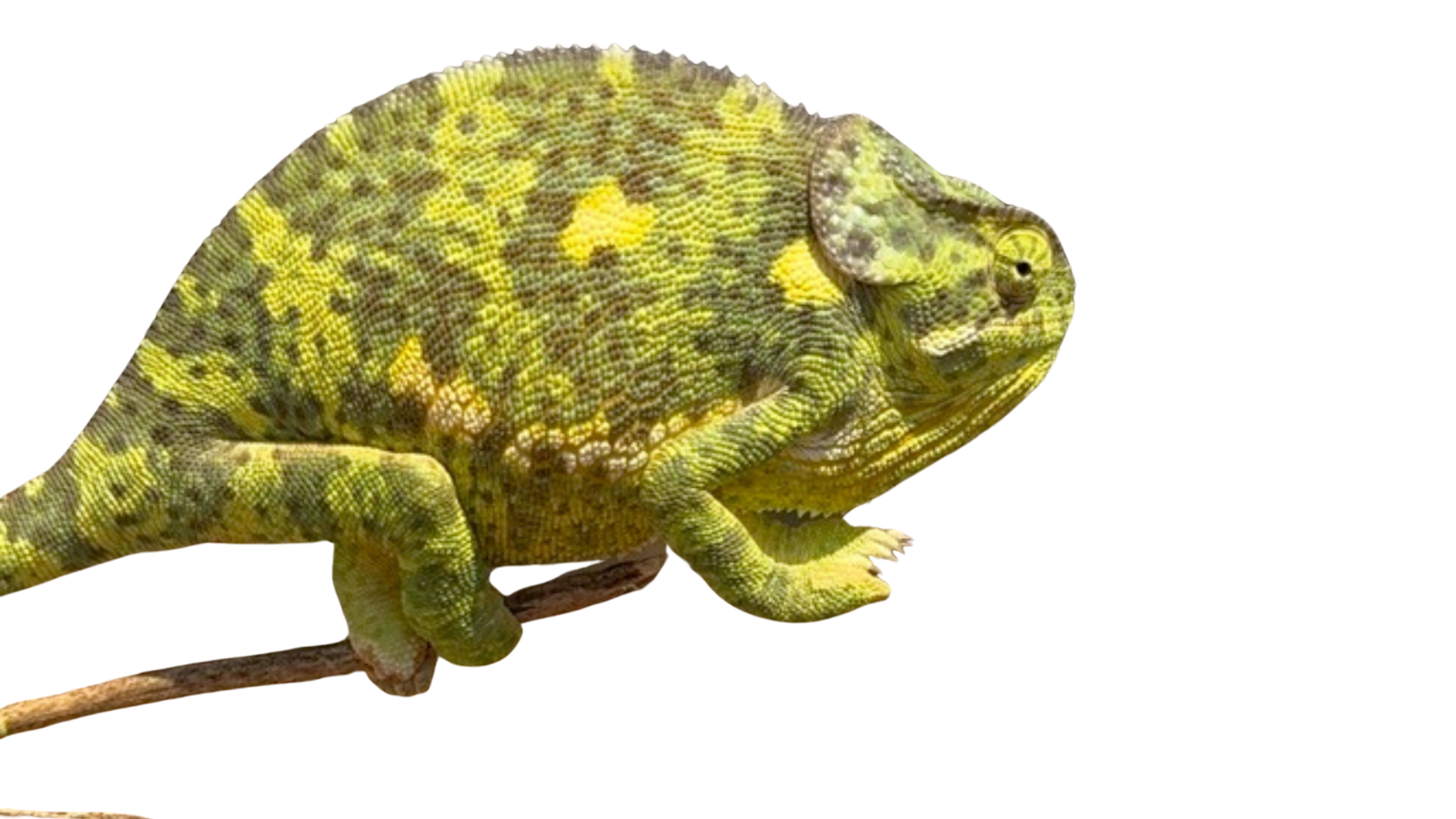Often times when we think of biodiversity conservation… wait, let me start over. Assuming that anyone thinks of biodiversity conservation at all, they might think of a captive breeding program to save the last blue bellied mongoose. Or a last ditch effort to protect the pond that holds the last population of the speckle-toed salamander. This is the ICU and the emergency room of biodiversity conservation, an attempt to intervene in biodiversity train wrecks. Those of us in working farms, ranches, and timberland have the seemingly mundane side of biodiversity conservation. We perform the biodiversity equivalent of eating right and exercising, the practices that prevent biodiversity disasters from happening in the first place. I’m sure there are plenty of complex ways to figure out what we are shooting for when it comes to biodiversity management. I wonder if any of them are as good as just trying to get more species. So, this third part in the series looks at what drives the humpback curve (discussed in the second part). Hopefully, this helps us create management practices that result in more plant species in our grasslands.
First of all, I want to get the Almanac section out of the way by saying that I do not want to deal with the Almanac section. I want warm, soft ideas, not cold hard realities. That’s why I come here. But I have this blog post has been sitting on my computer for three weeks without getting posted as I have been working with our new irrigation system. I have been saying that I need to keep the nuclear plant from melting down. This means looking at the screen on the computer to see when the water level is rising high, running out to the tide gate (a big concrete dam looking structure), flipping a switch to lower the doors to keep the villagers from being flooded out, running back to my bunker to look at the screen, running back out cause I closed it down too much, etc. Sounds like something that could be automated easily. I know. But that’s what I’ve got right now. As the tides have moved later and later, I find myself not getting home until midnight. That’s why I am anxious to get back to our discussion of the humpback curve continued from last week.
The humpback curve is not mystical. Like most things in life, it comes down to some pretty mundane physical realities. I think that in this case, it comes down to the geometry of these plants. In herbaceous ecosystems, plants have to be anchored to the soil. I’m sure that all you nature geeks out there are thinking of exceptions to that rule, and I’m sure you’re very smart, but for our purposes here, they all have to be rooted to the ground. All these plants are anchored to the ground and all these plants need light, and those two facts are going to be very important in driving patterns of biodiversity in grasslands. And, bonus, this finally gives me an opportunity to use my forestry education.
In forestry, there is something called the “-3:2 thinning rule.” Basically, this says that as the average tree on an acre gets larger, there are fewer trees per acre. Makes sense. What you couldn’t necessarily deduce from your armchair is that this pattern happens at a relatively consistent rate; a tripling in average tree size leads to a halving in the number of trees per acre. I think that’s right, that’s the idea at least. This same pattern appears to hold true for herbaceous ecosystems as well.
So let’s walk through the humpback curve (reproduced above) on a hypothetical acre of grassland. If we start from bare ground we have no species of plant, as measured by above ground material, and we have no standing crop height. This leaves a lot of sunlight, soil moisture, and nutrients available for plants to grow, and grow they do, very vigorously. Each day, the amount of bare ground decreases, until suddenly there is no bare ground left. All the leaves of all the grasses and wildflowers are pretty well touching the leaves of other grasses and wildflowers. It’s probably about the same with the roots of these plants as well, but its hard for us humans to tell. That doesn’t mean that the plants can’t grow anymore, not by a long shot. Like a city whose whole land base is occupied by single-family houses, the only option is to ‘grow up’ instead of out. And the plants certainly can grow up. But now all the extra sunlight a plant grabs comes at the expense of another plant. We have a situation where more and more of the resources are directed at fewer and fewer individual plants.
As the number of individual plants goes down, the chances of losing a species from our hypothetical acre go up. If I was to throw out a wild generalization, I would suggest that the average acre of pasture or range in the world is kept at a crop height far below the peak in the humpback curve. This is because there are a lot of animals chewing these plants down to the extent that on an average day, plant leaves aren’t even close to touching. However, I would also widely generalize by saying that the average eco-grazer, if there is such a thing, keeps their vegetation far above that optimum height. People have been telling the average pastoralist to leave the grass taller for centuries and where has it gotten us? Besides, none of them are going to read this blog. So no point in talking about the upward sloping part of the curve. Next post I will talk more about the management minutia regarding how to keep vegetation closer to that optimum height in a real world where grass grows fast and stocking rates change slow. For now, I want to go global.
When people think of biodiversity they think of rainforests. And for good reason. Rainforests, especially in the New World Tropics, consistently top the heap in the number of plant species per acre. But a good question is, why measure per acre? The acre has a lot of historical agricultural significance, but there are plenty of spatial scales that we could measure plant biodiversity on. A square meter for instance.
As it turns out, when we measure plant biodiversity at spatial scales smaller than an acre, rain forests no longer have the highest floristic biodiversity. When we look at a square meter or 10 square meters, the highest biodiversity is found in grassland communities, most of them in Central and Eastern Europe, all of them managed through grazing, mowing, or burning. I have included the link to this study. Nature geek alert; this is important information.
This reality is very far from the popular conception of biodiversity and so there is a lot to unpack around it. It will take a long time. Let’s start by saying that vegetation that grows to different heights is going to reach maximum biodiversity at different spatial scales. So on the one hand, taller vegetation needs a bigger plot to capture all the species that grow in it. As a related topic we could ask which is more biodiverse, tall rain forests or short managed grasslands? Below I reproduce a graph from the Wilson study.

In the graph above, the three points on the extreme right-hand side of the curve are rain forests (from Panama, Columbia, and Ecuador). The rest are temperate managed grasslands. This graph demonstrates a relationship that any researcher would be proud of. Maybe you can grock this chart and maybe not, but the summary is this; I think I am on firm footing when I say that temperate managed grasslands can be exactly as floristically bio-diverse as rain forests. You need to measure at different spatial scales, sure, but they are just as diverse.
The second important point from this study is that you cannot just let grasslands “go” if you want to maximize biodiversity.
Next week, I will start talking about why the management component is critical in grassland communities. Specifically, why wouldn’t the -3:2 thinning rule produce a similar species richness curve in rain forests as in grasslands? In the process, I will take up the fair point that all this sounds a lot like a “biophysical heuristic.” I said to not do that. So until next week, think about this: plants with herbaceous growth forms create plant communities whose species richness peaks at a pretty short height. So, what process created plants with herbaceous growth forms?

